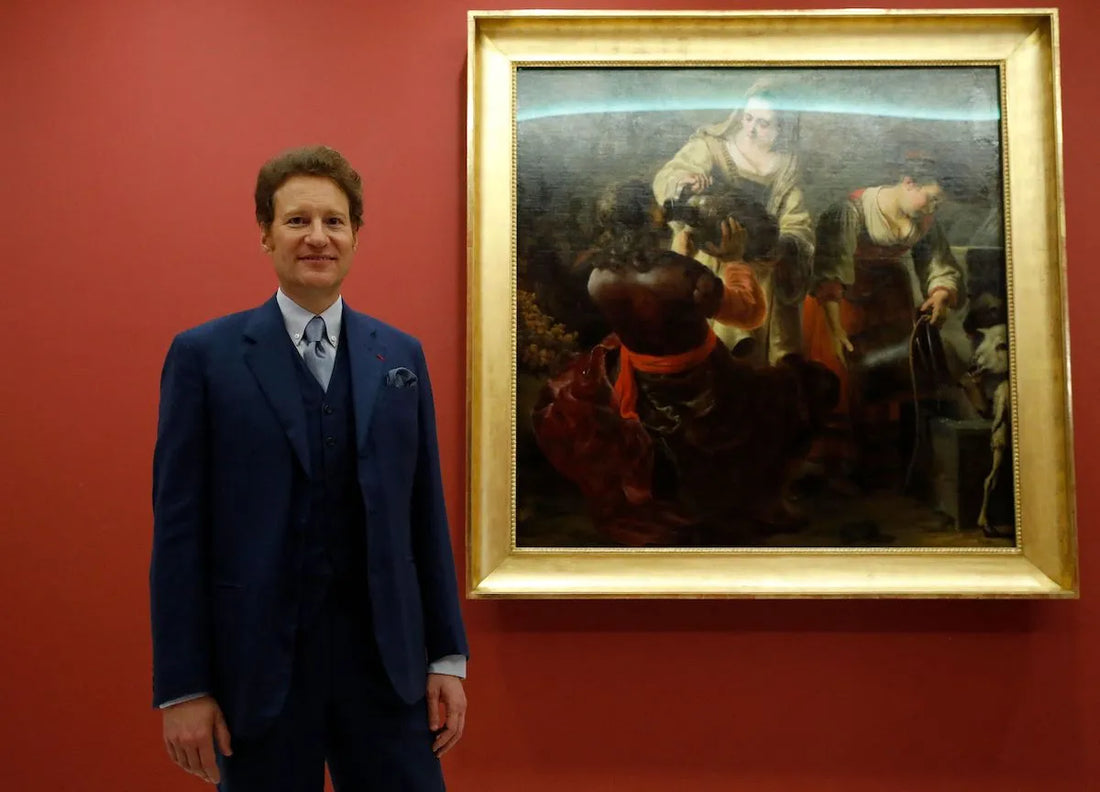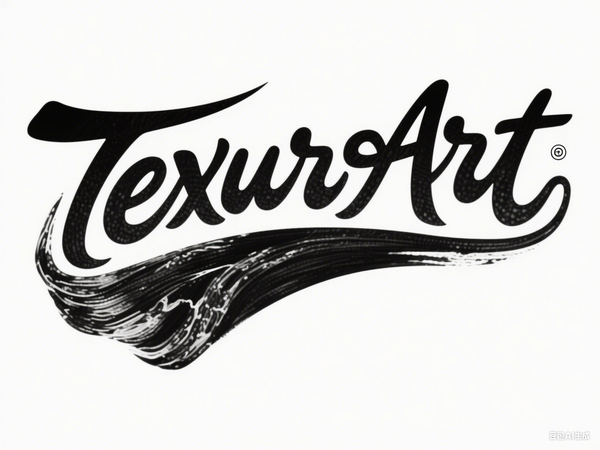
Thomas Kaplan’s Leiden Collection: Revolutionizing Old Masters Ownership Through Fractionalization
Share
Billionaire art collector and investor Thomas S. Kaplan, renowned for his unparalleled assembly of Dutch Golden Age paintings, is poised to transform the art market by proposing fractional ownership of the Leiden Collection—one of the world’s largest private collections of Old Masters. This groundbreaking initiative aims to make masterpieces by Rembrandt, Vermeer, and other 17th-century luminaries accessible to a broader public by offering shares of the collection via a public stock exchange.
Kaplan disclosed this plan during a recent interview with the Art Newspaper, revealing that the project—tentatively named Project Minerva after Rembrandt’s 1635 painting Minerva in her Study—will allow individuals to own fractional shares in the collection. This move not only addresses the logistical challenges of preserving a vast private art collection but also responds to changing family dynamics: Kaplan explained that his children have little interest in physical material assets, prompting him to innovate in legacy planning Art Newspaper.

The Leiden Collection’s Artistic Treasures
The Leiden Collection boasts over 220 works, including 17 paintings by Rembrandt—making it the largest privately held assemblage of the master’s art—and notable pieces by Johannes Vermeer such as the rare Young Woman Seated at a Virginal (circa 1670–75). Other prominent artists featured include Gerrit Dou, Jan Lievens, Jan Steen, and Frans van Mieris. Since its inception in 2003, Kaplan and his wife Daphne Recanati Kaplan have built the collection with fervor, reportedly acquiring close to a painting per week during their initial years of collecting Leiden Collection official website.
Masterpieces from the collection have been generously loaned for exhibitions worldwide—from the Louvre in Paris to the State Hermitage in St. Petersburg, the Long Museum in Shanghai, and the H’ART Museum in Amsterdam. The collection's current exhibition, From Rembrandt to Vermeer, has traveled globally and now is slated for display at the Norton Museum of Art in West Palm Beach, Florida starting October 25, 2025 H’ART Museum Press Kit.
Fractional Ownership: A Revolutionary Approach
Kaplan envisions fractionalization as a way to democratize art ownership, allowing millions—even tens of millions—of ordinary people to claim a stake in Rembrandt’s artistic legacy. This concept draws inspiration from the NFT boom of the early 2020s, although Kaplan has clarified that the artworks themselves will not be offered as NFTs. Instead, the shares would be traded on a traditional stock exchange such as the New York Stock Exchange, providing liquidity and public access to historically exclusive assets.
Kaplan’s planned IPO, possibly launching in the first half of 2026, would enable investors to buy and sell fractional shares while his family retains controlling interest to protect the collection’s core mission as a lending library. By doing so, Kaplan aims not only to secure the long-term preservation of these masterpieces but also to ensure Rembrandt’s continued cultural prominence Art Newspaper.
This innovative financial model represents a profound shift in how valuable art collections can be managed and accessed. Capitalizing on the scarcity and brand power of Old Masters like Rembrandt and Vermeer, Kaplan hopes to broaden public engagement and create a sustainable legacy for his collection.
Looking Ahead: Securing Rembrandt’s Legacy
Thomas Kaplan humbly describes himself as a “Rembrandt evangelist” and sees this fractionalization as an ultimate means of giving back to the cultural world. His dual objectives are to preserve the artworks for at least 400 more years and to cultivate a new generation's interest in the Dutch Golden Age masters. The Leiden Collection’s future now intertwines art, finance, and technology in an unprecedented convergence that could redefine collecting for centuries to come.
Image Sources and Related Anchor Links
-
For high-quality images and detailed descriptions of the Leiden Collection’s masterpieces, visit the Leiden Collection official website.
-
The Art Newspaper provides the in-depth interview discussing Kaplan's fractionalization plans: Art Newspaper fractional ownership report.
-
Discover the current Leiden Collection exhibition at the H’ART Museum via their official press kit: H’ART Museum Press Kit.
-
More on Johannes Vermeer, a key figure of the collection, is available at Vermeer biography and works.
-
Insights into Rembrandt’s artistic legacy and biography at The Leiden Collection’s Rembrandt page.
FAQ
Q: What is fractional ownership of art?
A: Fractional ownership allows multiple investors to buy shares of an artwork or art collection, enabling collective ownership and trading of shares on public markets.
Q: Why is Thomas Kaplan fractionalizing the Leiden Collection?
A: Kaplan wants to create a sustainable model for preserving and sharing the collection, while addressing his children’s lack of interest in inheriting physical artworks.
Q: What key artists are included in the Leiden Collection?
A: The collection features 17 Rembrandt paintings, the rare Vermeer Young Woman Seated at a Virginal, and works by other Dutch Golden Age masters.
Q: How will fractional shares be traded?
A: Sharing plans involve listing fractional shares on a public stock exchange, potentially the New York Stock Exchange, giving investors liquidity and market access.
Q: When might the fractionalization IPO launch?
A: Kaplan hopes to launch the IPO in the first half of 2026, following development of the legal and financial framework.
